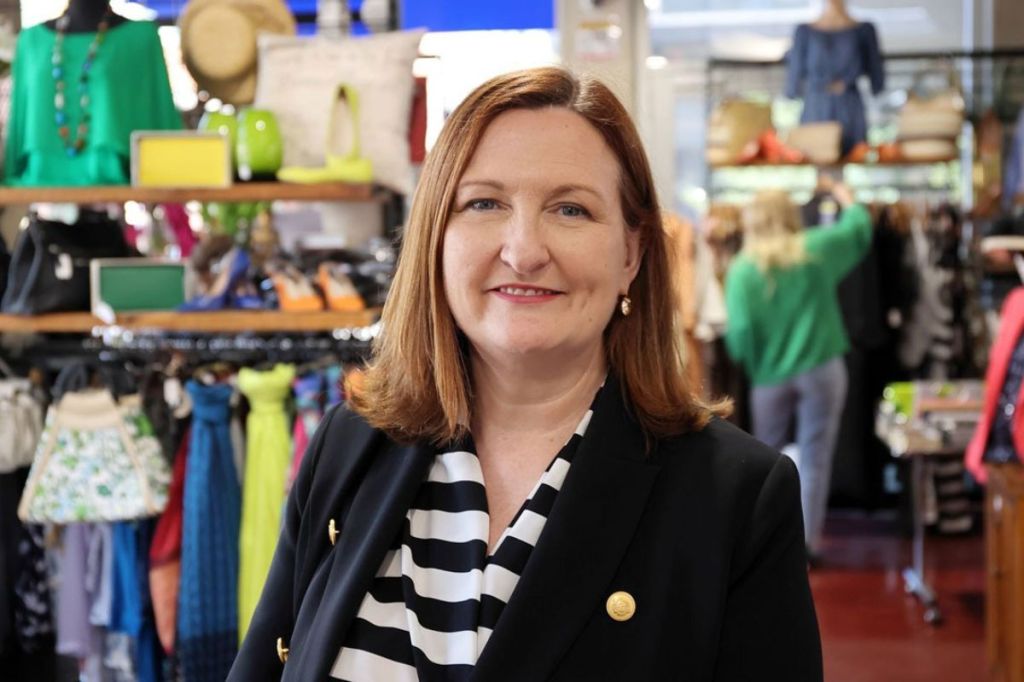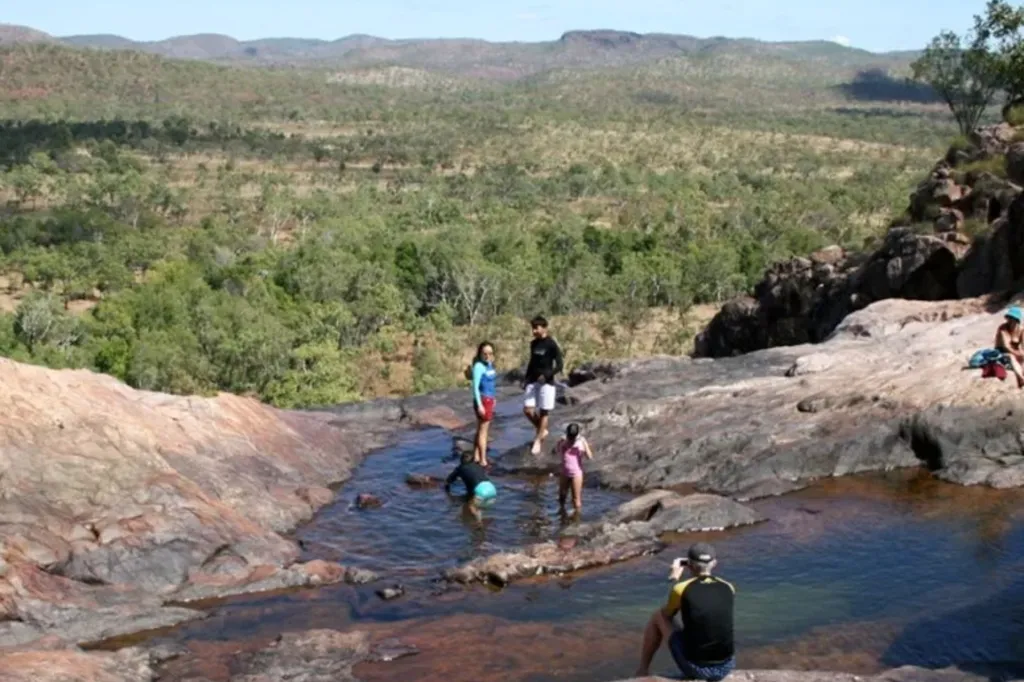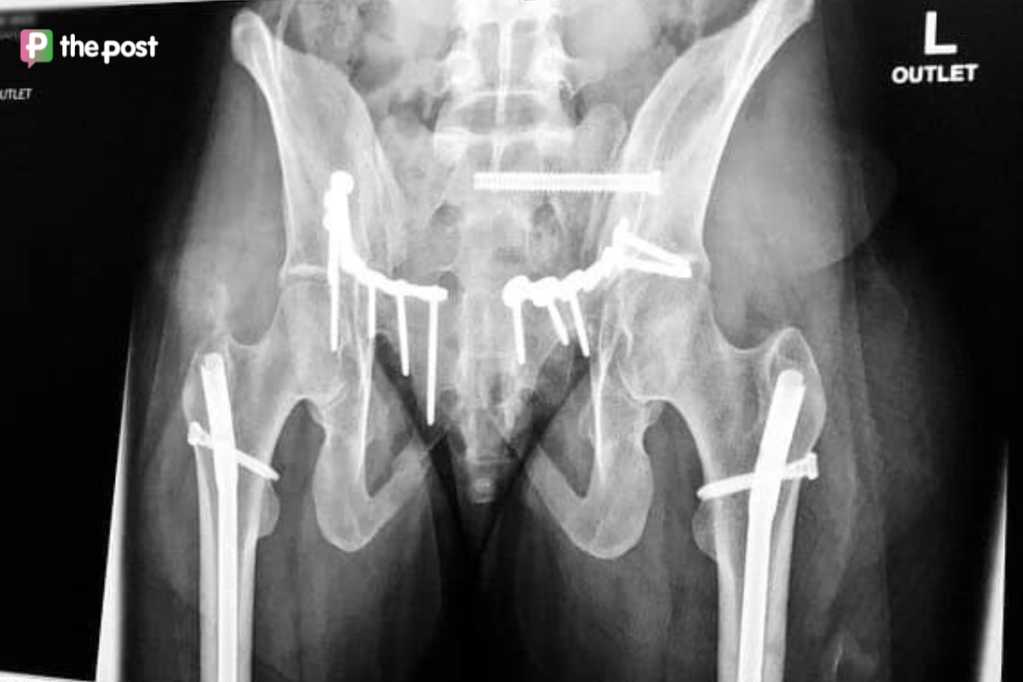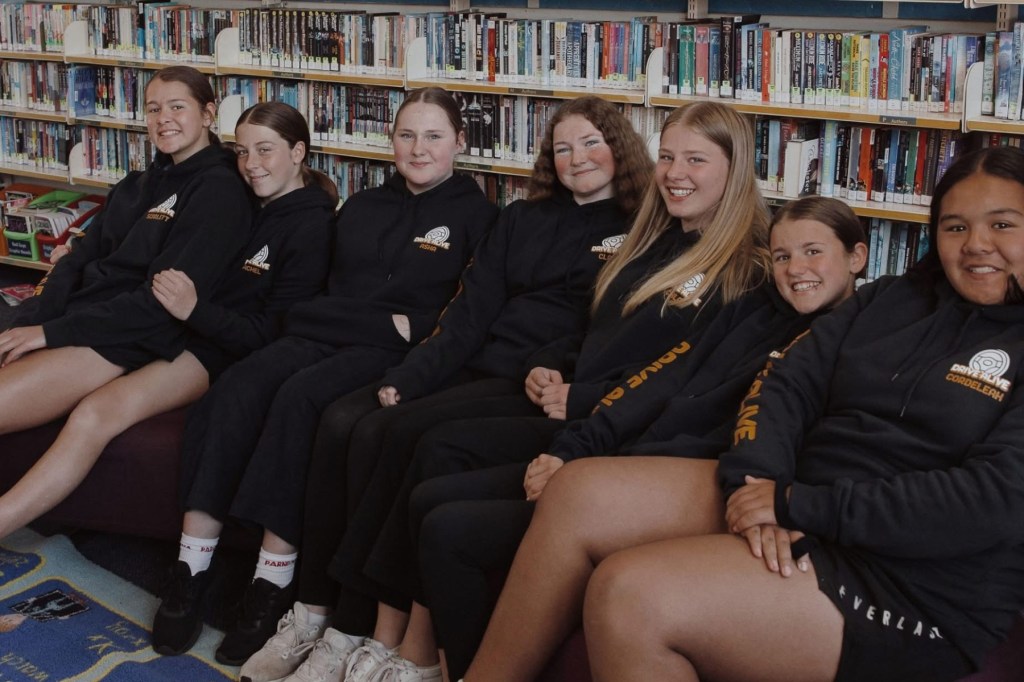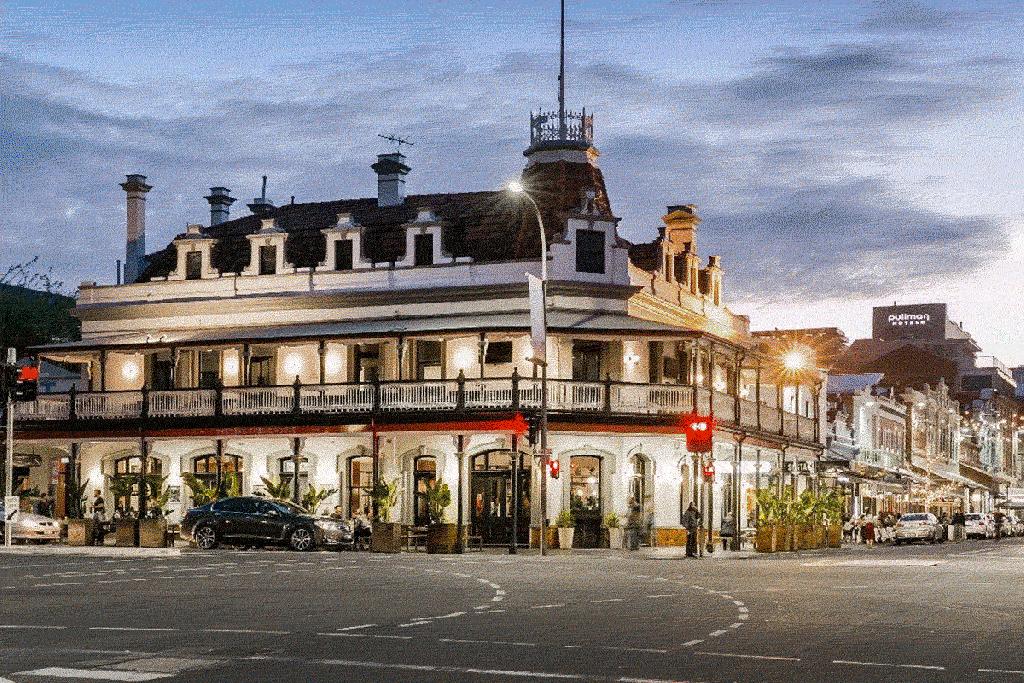Pay-by-palm is spreading overseas, but Australians may not be ready
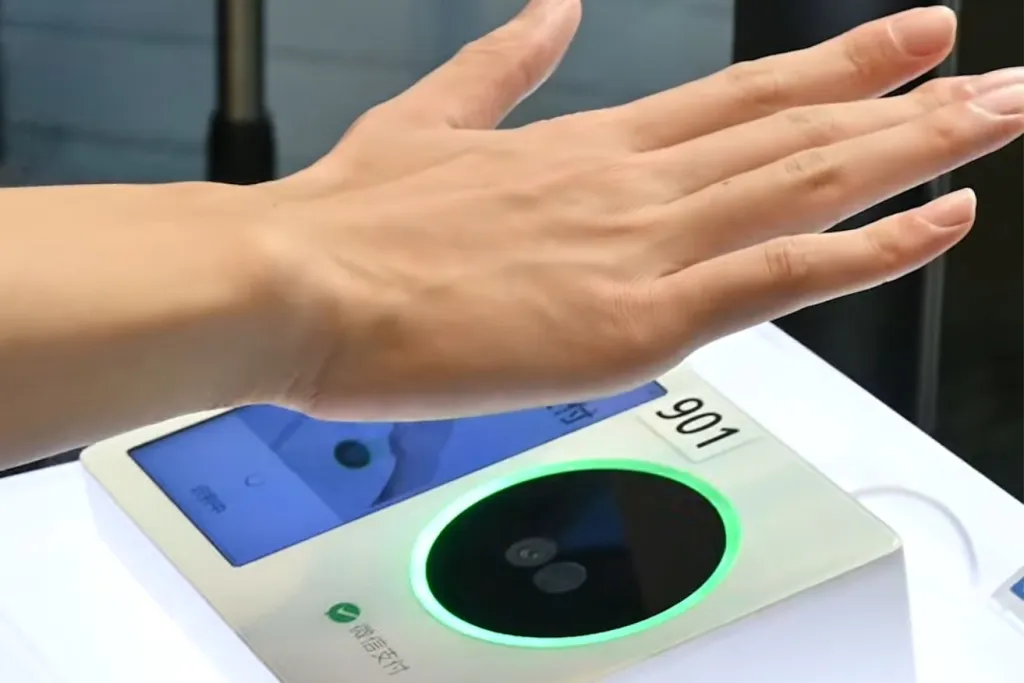
First came cash, then card, then phone. Now, a new payment method means buying a cup of coffee or paying for public transport could be as easy as waving a palm.
Palm scanners have become an increasingly common sight across China after Tencent, the company behind popular social media and mobile payment app Weixin (also known as WeChat), put the technology to use across transport, retail and university campuses in 2023.
This is not the first time palm scan payments have been introduced; perhaps most notably Amazon began trialling the payment option in the US in 2020.
Videos posted to social media showcased the ease of simply holding a palm over a scanner to make payments.
Reactions in comment sections have ranged from awe to fear over privacy.
@teeeseychAnd yes, i just contributed another biometric data of mine to Tencent 🙂↕️🙏♬ Some kind of supernova – aeryymu🐈⬛
You might like
Australians are big fans of contactless payments, with 2022 Reserve Bank of Australia research finding 94 per cent of in-person card payments were contactless.
But Griffith University senior lecturer in cyber security David Tuffley said if palm scan payments were introduced locally, Australians would not be quick to jump on board.
“Australians tend to be fairly … cautious for these things,” he said.
“We like to stand back and watch what happens elsewhere, and if things go wrong, we can figure out how to not have that happen here.”
Convenience comes with risk
Palm scan payment services offered by the likes of Tencent and Amazon analyse characteristics such as lines and veins on palms to identify individuals, and are reportedly more accurate than facial recognition technology.
Although this may offer more convenience and security than carrying around a card or phone that could be hacked or stolen, Tuffley said other potential security risks made the technology a “double-edged sword”.
“Once your biometric data is in the system, it’s there forever. You can’t get rid of it and you can’t change it like a password,” he said.
Stay informed, daily
“I don’t think a lot of Australians would be all that keen to
see their biometric data permanently stored somewhere.
“Many Australians would be a little reluctant, as I would be. If I could trust the people who have that information, maybe I’d be OK with it, but I don’t know that I can trust them.”
Privacy concerns are the biggest roadblock
China makes no secret of its extensive surveillance technology which can use characteristics from faces to gaits to identify people; commercial organisations are also obliged to hand over customer data to the government whenever requested.
For many in the region, this has become the norm.
But Australians are less accepting, with reports of facial recognition software used in everywhere from stadiums, to Bunnings stores, to several major city council areas often met with backlash.
@vicenews Passengers on Beijing’s Metro can now travel by scanning their hand, in the first ever application of palm print recognition to access trains. #palmscanner #payment #techtok #beijing #trainticket #subway #traveltiktok #privacy ♬ original sound – VICE News
Although the Australian government does not appear to be as proactive in personal data collection as China, adding another point factor that could be stored would likely meet a frosty reception, at least at first.
Swinburne University of Technology professor Steve Worthington said there was no need for additional forms of payment beyond what was currently available.
But with more widespread global use and little to no local regulatory hoops to jump through, he expected palm scan payments would make their way Down Under within the next 20 years.
“At one time, we never thought we could pay using our… mobile phones; now… that’s been quite acceptable for many people,” he said.
“We’ve also become very careful about… giving away too much information about ourselves, which might include palm prints. That would make some people very nervous.
“I think it would take longer in countries like Australia than perhaps it would be elsewhere … we’re going to end up with a system where in the next few decades, we can use either cash, we can use digital [devices], or we can use our hands.”
